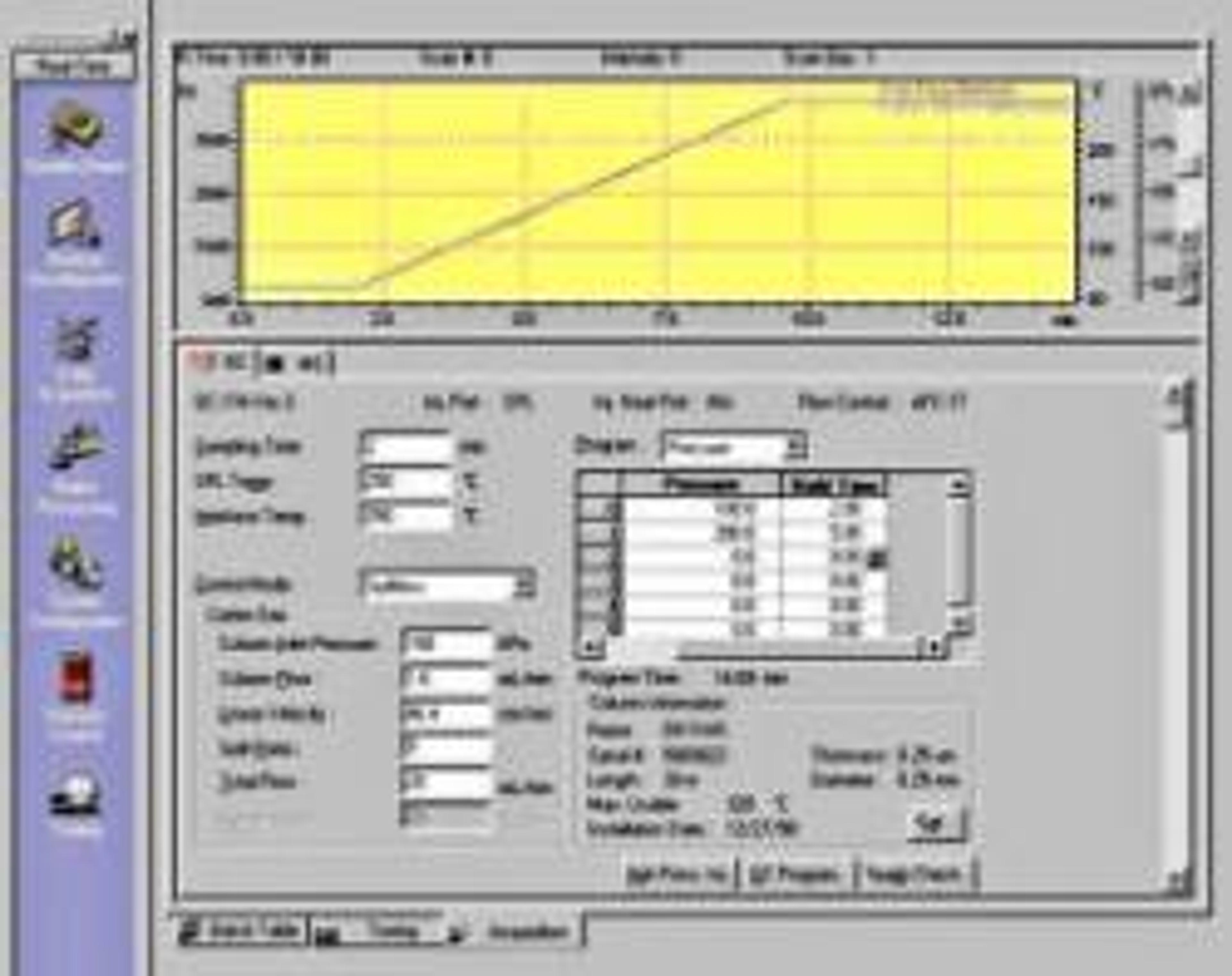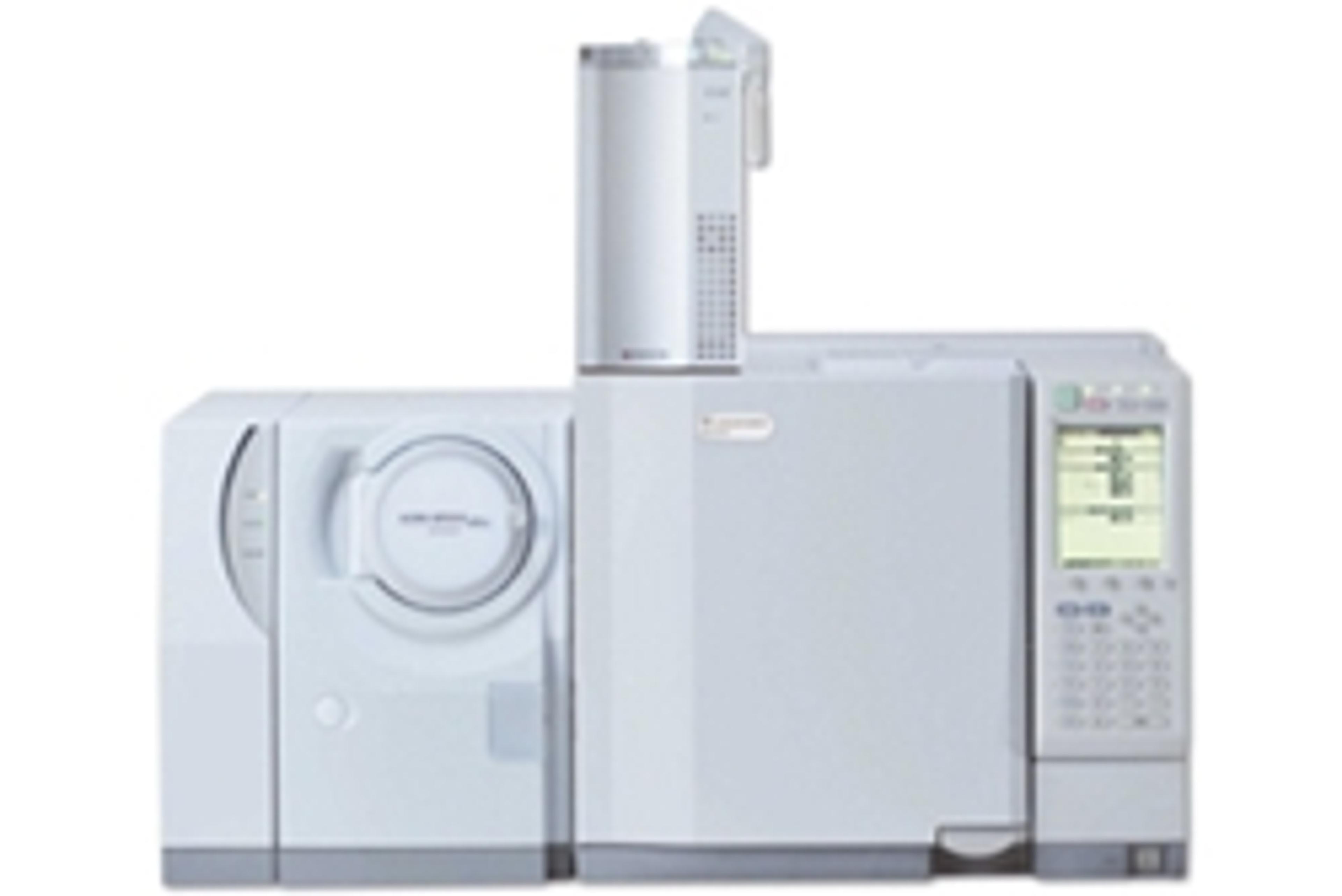GC/MS Method Package for Residual Pesticides in Foods
20 Dec 2011To address the increasing demand to reliably check for critical amounts of residual pesticides in foods, feed additives and veterinary drugs Shimadzu has released the company’s GC/MS Method Package Ver. 2 for Residual Pesticides in Foods.
The new analysis package has been developed to improve the speed and efficiency of using GC/MS technology to analyze as many as 800 different residual pesticides by providing simpler inspection methods and batch analysis of multiple component samples. The method package covers almost all pesticides that can be analyzed by GC/MS technologies.
Shimadzu’s GC/MS Method Package Ver. 2 for Residual Pesticides in Foods has been exclusively tailored for use with Shimadzu’s GCMS-QP2010 series of instruments which include the high performance GCMS-QP2010 Ultra that is capable of rapidly pumping down to enable qualitative analysis within 10 to 15 minutes while achieving fast scan times of 20,000 amu/sec.
The new method package, which supports GCMS Solution Ver. 2.60, features a CD-ROM that contains method files which have been pre-registered with optimized analytical conditions, compound information, including retention indices, report format files, tuning files and an identification support tool. The package also includes an instruction manual and glass inserts (pack of 5).
The GC/MS identification support tool helps to overcome the influence of contamination of matrices in actual sample analysis or erroneous identification caused by retention time shift. The tool, which enables identification results to be displayed in order from components having the highest potential to exist, runs linked with GCMS Solution, enabling identification results to be carefully studied while viewing the chromatogram. Because the retention indices of all compounds are pre-registered, GCMS Solution's AART (Automatic Adjustment of Retention Time) function allows retention times to be easily corrected for easier and smoother analysis.
The simple to install method files contained in the package are pre-registered with optimized analytical conditions and compound information which allows users to quickly start analysis of multiple component samples with the minimum of fuss. The method files are registered with all of the various pesticide standard reagents that are commercially available as well as with all compound information included in the current pesticide libraries of Shimadzu Corporation. All the pesticides that can be analyzed by GC/MS in accordance with the Positive List System are covered extensively.
“Provision of effective simultaneous analysis methods has become an urgent issue following the advent of the Positive List System,” said Alan Northage, Shimadzu UK’s GC/GCMS Business Manager. “By combining Shimadzu’s new GC/MS Method Package Ver. 2 for Residual Pesticides in Foods with the company’s LC/MS/MS method packages, target components for batch analysis as laid down by the Positive List System can now be comprehensively covered with a ‘Ready to Use Method’ in a single package”.


